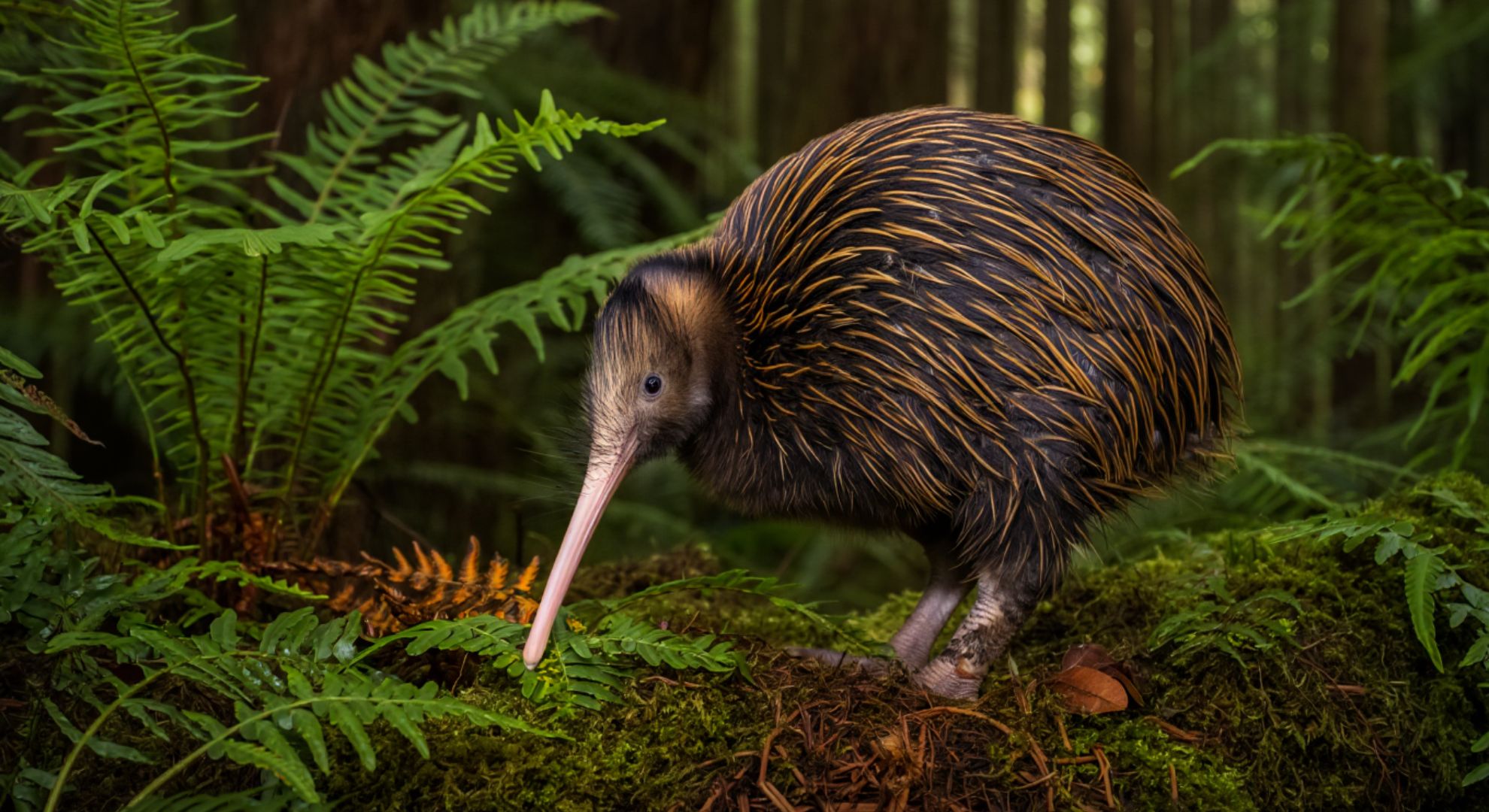The night air felt lighter, as if the bush itself had been holding its breath. Locals say a single cry slipped through the dark canopy, a rising squeal that people here used to know by heart. For a moment, the valley paused—then the chorus of insects resumed, and the river kept moving. Nothing was proven, yet everything changed. A rumor became a possibility, and a possibility became a story worth chasing. “I haven’t heard that sound in 30 years,” said a ranger, “and still I knew it at once.”
The valley finds its voice
For decades, the forest’s floor stayed intact, but its soul felt thinner. The kiwi’s absence meant fewer scrapes in the leaf litter, fewer pushes under the fern. Without that nocturnal heartbeat, nights were simply quiet and deep. “You learn to study silence,” a volunteer monitor explained, “and even silence has textures.”
A rumor, then a pattern
It started with a scratch, then a shadow crossing a thermal camera and vanishing. Two nights later, a faint set of three-toed impressions along a damp trail. None of it conclusive, all of it suggestive. A farmer heard a half-call from the ridgeline and a second from across the creek, a spacing that hinted at territory, not chance.
- Reports clustered over three weeks, centered near predator-control lines, with consistent late-night timing
What changed on the ground
Predator control tightened, bait lines grew smarter, and traps became more targeted. Feral cats saw fewer pathways, and stoats met more steel than open earth. Small steps, tedious work, and patient mapping shifted the arc of the ecosystem.
Signs, not proof
Biologists talk in gradients, not absolutes, resisting easy victory. A call can be a mimic, a print can be a distortion. But patterns, when stacked, become a kind of language. “Three independent detections beat a single lucky night,” a field tech said, “and the data curve looks warmer each week.”
Before and after, in one glance
Below is a snapshot from community records and recent field notes, comparing the valley’s condition roughly ten years ago with the present season. Numbers are indicative, built from mixed sources and ongoing surveys.
| Metric | ~10 Years Ago | This Season |
|---|---|---|
| Predator footprint index (stoat/rat) | High and rising | Moderate and falling |
| Nighttime call rate (kiwi) | 0 calls/hour confirmed | 0.2–0.4 calls/hour suspected |
| Camera-trap detections (months) | 0 kiwi in 24 months | 2 possible in 3 months |
| Nest sign (probing pits) | Absent | Scattered, unverified |
| Community monitoring hours | Low | High, coordinated |
Why it matters
A returning kiwi rethreads a cultural fabric stretched by time. Its foraging loosens soil and spreads life where decay meets growth. Predators fear a network they can’t see; people trust a future they can hear. “It’s not a symbol to me,” said a school teacher, “it’s a neighbor we thought had moved away.”
How the door reopened
Two forces carried this moment: persistence and corridors. Persistence is the boring miracle—checking traps, resetting lines, logging every misstep. Corridors stitch islands of habitat together, letting genes travel and songs follow. When wind drops and fog settles, a bird can move without crossing a single road.
Tests that come next
Verification means discipline, not fanfare. Autonomous recorders will listen for weeks, turning night into spectrograms and suspicion into peaks. Boots will step lighter, cameras will angle lower, and search dogs will work slow, nose to ground and tail silent. The process may find nothing, or it may find feathers hidden like commas in a long story.
The human curve
Communities grow with effort, not more meetings. A late-night thermos, a spare headlamp, a text pinging “I’m out,” these are small bridges that hold. When someone says “I heard a call,” the right reply isn’t “are you sure?” It’s “let’s go listen together.”
Caution, kept on purpose
Hope is a good engine, but it needs a good brake. False positives can harden into myths, and myths can distract from real work. By keeping humble, the team keeps the door open—wide enough for a bird to enter, narrow enough to keep noise out.
What if the call was real?
Then a map will change, a funding line will shift, and a child will learn a night-song their grandparents once sang. The valley will have a new pulse, faint at first, then steady. And the word “return” won’t feel like a headline, but like a homecoming whispered between trees.
“I stood under the rimu and waited,” said the ranger, eyes on the dark slope. “The forest didn’t promise anything. It just asked us to keep listening.”
